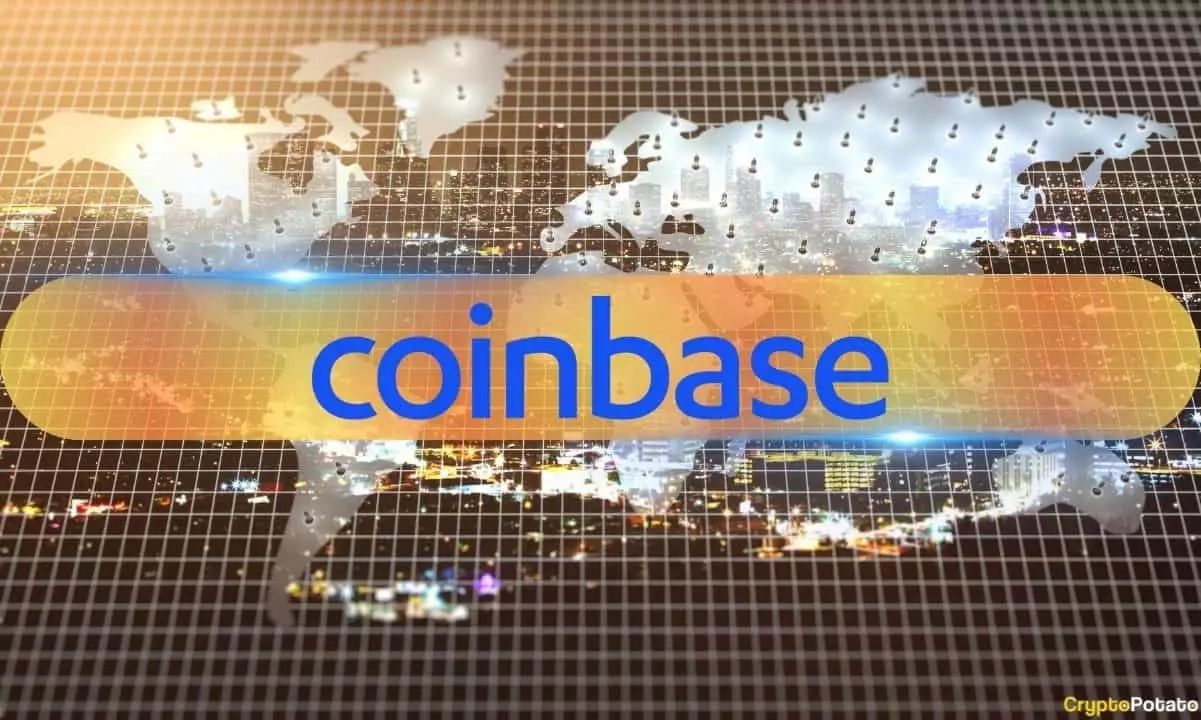In a significant move impacting cryptocurrency users within the European Economic Area (EEA), Coinbase, a prominent American crypto exchange, has announced that it will discontinue its rewards program for the USD Coin (USDC). This program, which has enabled users in over 100 jurisdictions to earn monthly interest on their stablecoin holdings, will officially come to an end on November 1. The decision has been attributed to upcoming changes related to new e-money token requirements, as dictated by the anticipated Markets in Crypto Assets (MiCA) regulations.
The MiCA regulations aim to establish a cohesive framework for the management and regulation of digital assets across all 27 EU member states. As the EU moves forward with implementing these regulations, many companies in the cryptocurrency sector, such as Coinbase, are reevaluating their offerings to remain compliant. This introduction of standardized rules will fundamentally alter how cryptocurrencies are issued, traded, and managed, highlighting the need for exchanges to adapt swiftly. Coinbase’s notice emphasizes that users in the EEA will continue to earn interest on USDC until the program’s conclusion on November 30, providing a temporary reprieve before the transition into a potentially more restrictive regulatory environment.
Coinbase is not alone in its proactive approach to regulatory adherence. Competitors like Bitstamp have also taken steps to align their operations with MiCA, recently delisting Euro Tether (EURt), a stablecoin that no longer meets regulatory requirements. These moves signal a broader trend within the cryptocurrency ecosystem, where exchanges must navigate a complex landscape of compliance to retain operational viability. In response to the evolving regulatory climate, Tether has pledged to develop products that align with MiCA standards, highlighting the increasing importance of regulatory compliance as a competitive differentiator.
Interestingly, the framework’s implications extend beyond EU borders. Countries like Norway, Iceland, and Liechtenstein, while not EU members, often adapt EU regulations to stay connected to the internal market. Despite not being traditionally bound by MiCA regulations, it’s anticipated that these nations may choose to align their policies accordingly. This could indicate a broader movement toward uniform regulations in the digital asset space within Europe, potentially limiting options for users who are accustomed to more flexible trading environments.
As the cryptocurrency landscape continues to evolve in response to regulatory pressures, users must be prepared for significant changes. Coinbase’s decision to suspend USDC rewards highlights a growing trend towards increased compliance, which may alter the profitability and attractiveness of stablecoin holdings. As exchanges and stablecoin issuers adapt to the MiCA framework, the industry will undergo a transformative shift, requiring all stakeholders to stay informed and agile amidst regulatory pressures. This evolution presents both challenges and opportunities, marking a new chapter for cryptocurrencies within the European Economic Area.


Leave a Reply